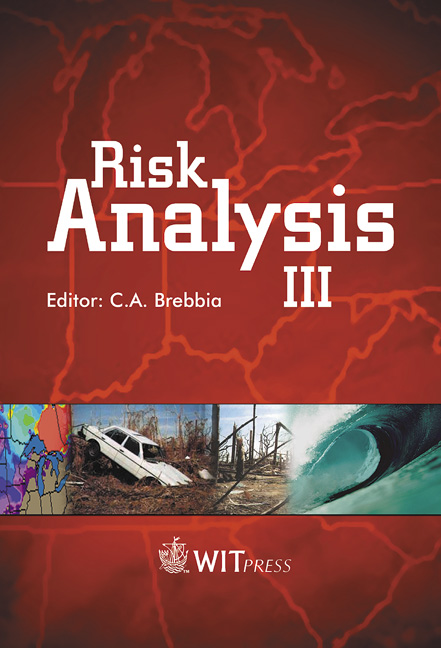Geotechnical Earthquake Hazards Of The Umbria And Marche Regions (Italy)
Price
Free (open access)
Transaction
Volume
31
Pages
Published
2002
Size
804 kb
Paper DOI
10.2495/RISK020571
Copyright
WIT Press
Author(s)
M. Maugeri, P. Capilleri & M. R. Massimo
Abstract
The seismic sequence which occurred in the 1997-1998 Umbria and Marche Regions (Central Italy), though characterised by quite moderate magnitudes, caused significant damage to buildings and the failure of many slopes. Such an event gave once more evidence of the need to zone all the seismic areas in relation to the seismic site amplification, landslide and liquefaction phenomena. As far as the 1997-1998 earthquake sequence is concerned, an explanation of extensive damage occurring in spite of moderate magnitude seismic events can be detached in terms of geotechnical characteristics of the soil involved. The high vulnerability of many masonry buildings and the cumulative effect due to the long earthquake repetition also play an important role. The aim of this work is the evaluation of site-dependent response spectra in terms of acceleration, velocity and displacement by means of the analysis of about 150 accelerometric records. The site dependent response spectra, are than compared with those provided by the new draft version of EC8 (2000), which considers seven subsoil classes instead of three classes as the older one (EC8 1994). 1 Introduction The Umbria-Marche earthquake sequence started on 26 September 1997 with a shock of ML equal to 5.5 and it was followed by a stronger earthquake characterised by ML 5.8, which occurred 9 hours later. The last significant shocks took place in October with magnitude ranging between ML=5 and ML=6 (Marcellini et al., 2001). In spite of the moderate magnitude values achieved, the two shocks caused significant damage to building. Moreover, the damage was also caused by site amplification, as shown by accelerometer time histories
Keywords





